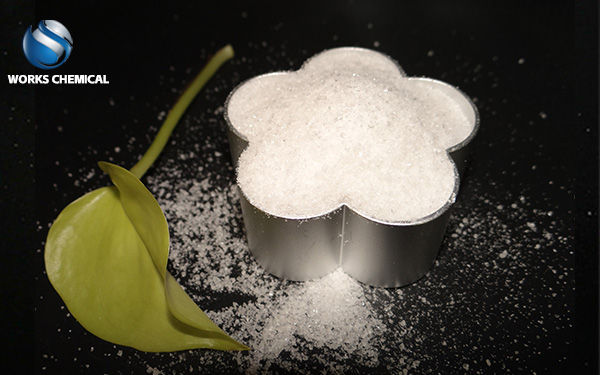
The selection of sludge conditioner should comprehensively consider the characteristics of sludge, treatment objectives, pharmaceutical characteristics and cost environment. The following provides systematic guidance from six dimensions:

Analysis of sludge properties
Organic content
High organic sludge (such as residual activated sludge) : select high polymerization degree cationic organic conditioner (such as CPAM), the higher the organic content, the greater the degree of polymerization.
Inorganic sludge (such as primary sedimentation tank sludge) : anionic organic conditioners (such as APAM) or inorganic coagulants (such as ferric chloride) can be used.
Sludge type and dewatering difficulty
Initial sedimentation tank sludge: easy to dehydrate, a small amount of coagulant can be.
Scum/residual activated sludge: difficult to dehydrate, need to increase the dosage of conditioner (10%-15% higher than the initial sedimentation tank sludge).
Solid content and particle size
Solid content > 5% or fine granular sludge, it is necessary to increase the dosage of conditioner by 10%-15%.
pH and temperature
pH value: the best pH of aluminum salt is 5-7, the best pH of iron salt is 6-11, and the sludge pH should be adjusted or the agent should be replaced when deviating.
Temperature: At low temperature (< 10℃), the hydrolysis of the inorganic conditioner is slow, and the conditioning time should be extended or the heat preservation sludge conveying system should be extended.
Two. Properties and Effects of conditioner
Organic conditioner
Cationic type (CPAM) : neutralize sludge charge, enhance cohesion, suitable for high organic sludge.
Anionic (APAM) : need to be combined with inorganic coagulants, suitable for inorganic sludge.
Inorganic conditioner
Ferric chloride, lime: large amount but low cost, may corrode equipment, increase sludge increment.
Special conditioner
Containing wall breaking agent, degreaser, can release intracellular water, reduce the moisture content of mud cake to 40%-60%, non-corrosive, suitable for plate and frame filter press.
Three, processing target matching
Dehydration efficiency priority
Plate and frame filter press: special sludge synergist, mud cake moisture content can be reduced to less than 55%.
Centrifugal dewatering machine: high molecular weight CPAM, dosage 1.8-4.5kg/t dry sludge.
Stabilization and deodorization
Add oxidizing agents (such as hydrogen peroxide) to reduce odor and avoid using chlorinated agents.
Resource recovery compatible
Avoid calcium and chloride ion agents to prevent soil compaction during subsequent land use.
Cost and environmental considerations
Pharmaceutical cost
Inorganic chemicals: low unit price (such as ferric chloride 750 yuan/ton), but need to be added in large quantities (5%-10% dry sludge).
Organic pharmaceutical: the unit price is high (such as CPAM 30,000 yuan/ton), but the dosage is small (0.1%-0.3% dry sludge), and the comprehensive cost is lower.
Environmental impact
Inorganic agents: may corrode equipment and increase sludge increment.
Organic conditioner: no corrosion, less sludge increment, conducive to resource (such as composting).
Five, operation suggestions
Dosage optimization
Determine the best dosage through small sample test to avoid excessive filter cloth clogging or cost waste.
Device adaptation
Plate and frame filter press: preferential selection of special sludge synergist, non-stick filter cloth, high dehydration efficiency.
Belt filter press: APAM based, dosage of 1-3kg/t dry sludge.
Dynamic adjustment
Test sludge properties (organic matter, pH value) every quarter, adjust the combination of chemicals.
By accurately matching the characteristics of the sludge and the function of the conditioner, the treatment efficiency and economy can be taken into account to achieve the goal of sludge reduction and resource utilization.